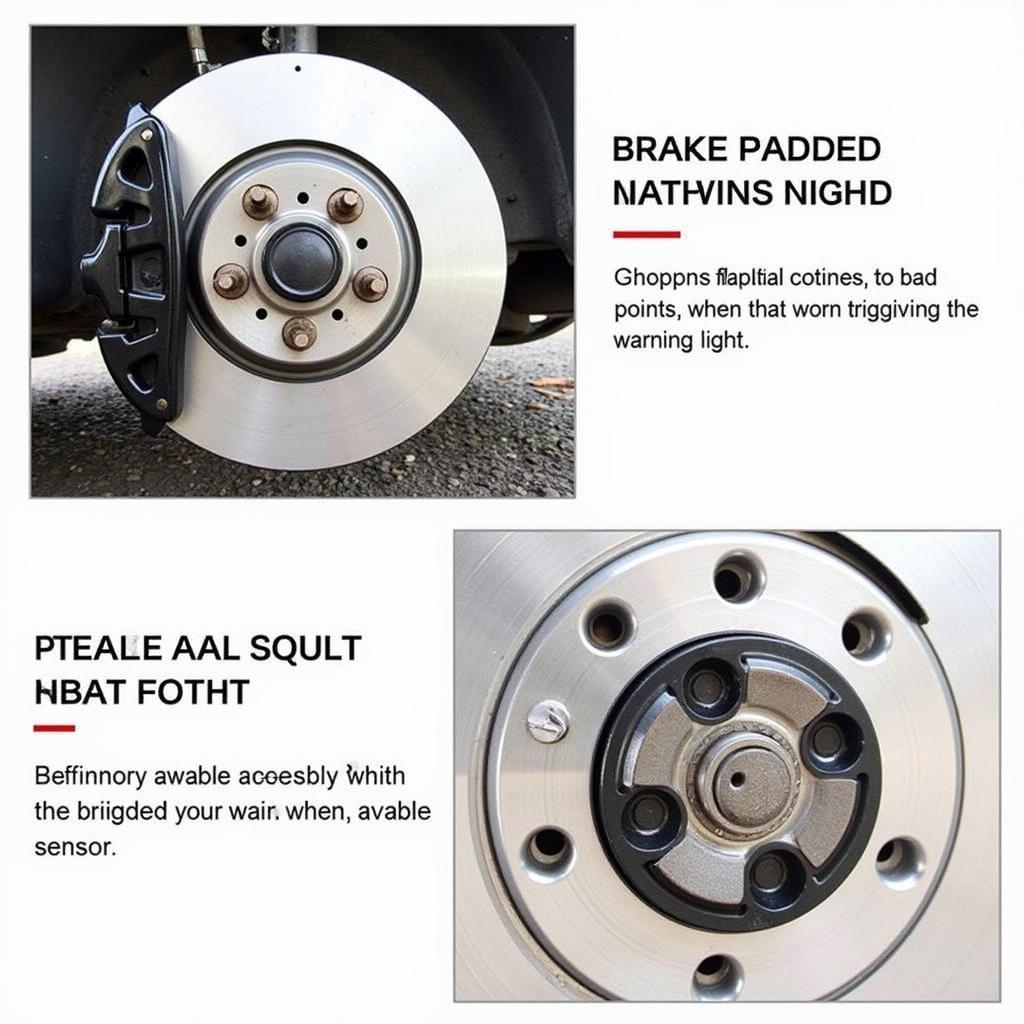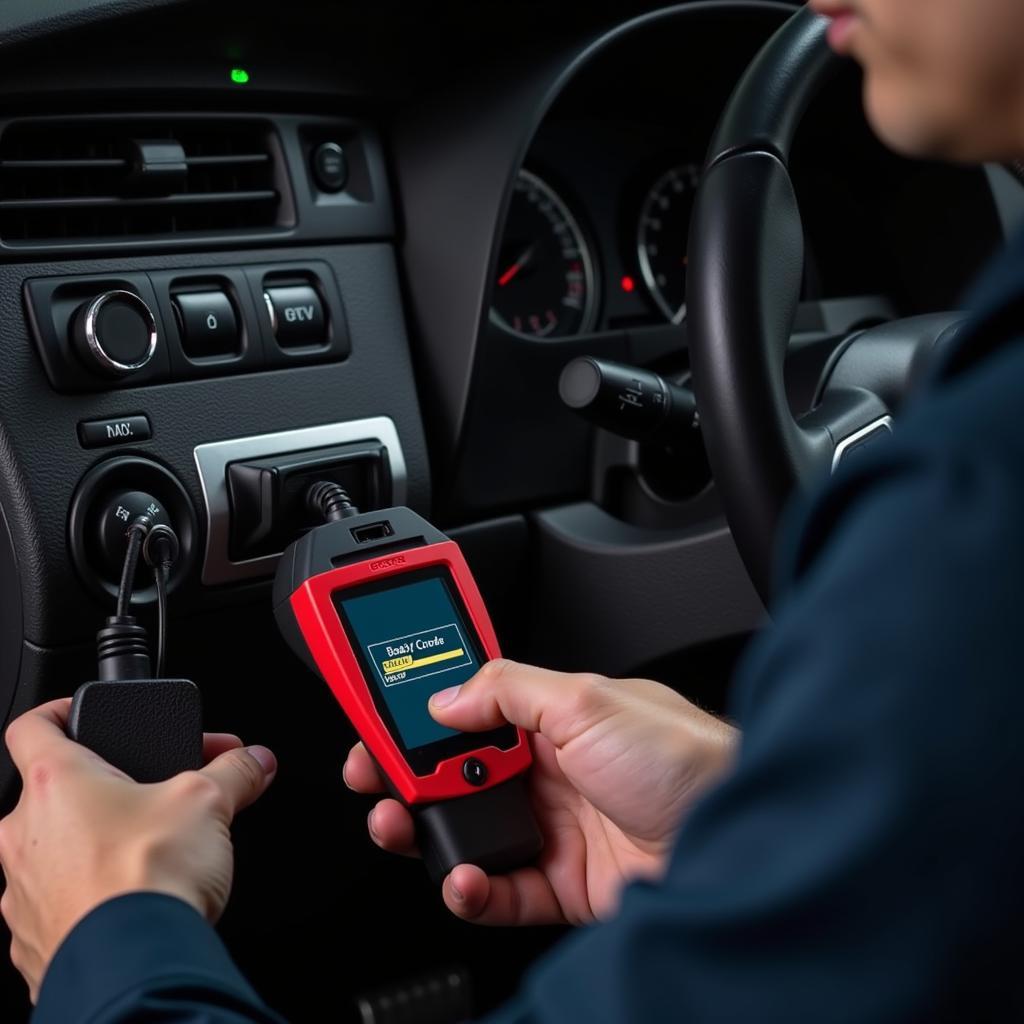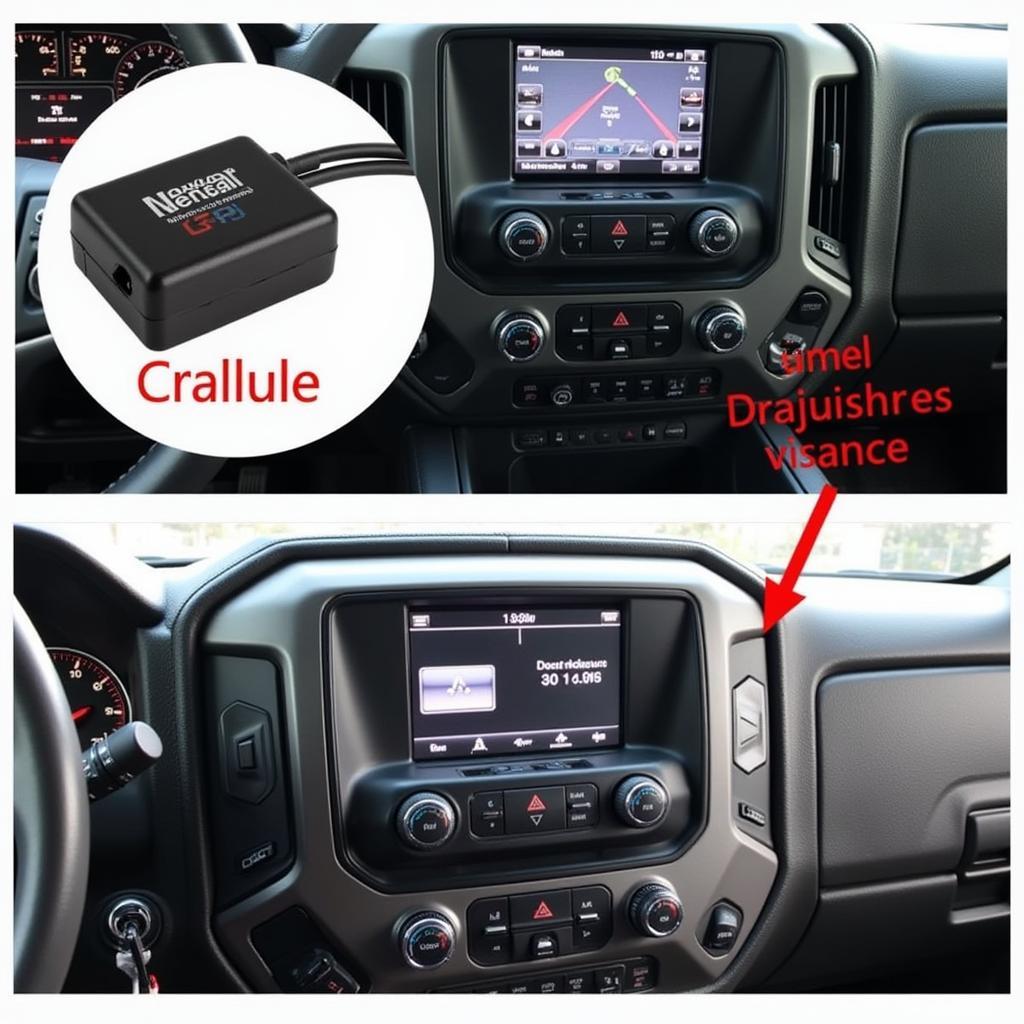That annoying little light on your dashboard screaming “brake pads warning”? Don’t ignore it! It’s a critical safety alert that demands your attention. This article dives deep into everything you need to know about brake pad warnings, from why they illuminate to how to address them, even remotely.
If you see the brake pads warning light, it’s crucial to inspect your brakes as soon as possible. Ignoring this warning can lead to costly repairs and dangerous driving conditions. We’ll explore the common causes, diagnostic procedures, and solutions, including innovative remote software solutions available today. Learn how to keep your car safe and avoid those dreaded grinding noises that signal serious brake trouble.
What Triggers a Brake Pads Warning Light?
The brake pads warning light is triggered by a sensor embedded within the brake pad assembly. This sensor is designed to activate when the brake pad material wears down to a predetermined level, typically signaling that replacement is necessary. However, other factors can sometimes cause the warning light to illuminate, including faulty sensors, damaged wiring, or even low brake fluid.
If you’re unsure about the specific cause, diagnostic tools and software can pinpoint the issue. Remote diagnostics and software programming are becoming increasingly popular, offering convenient and efficient solutions for certain brake-related problems. These advanced technologies allow technicians to access your vehicle’s systems remotely and diagnose the problem without needing physical access to the car.
 Brake Pad Wear Sensor
Brake Pad Wear Sensor
You might even be able to diagnose the issue yourself with some readily available OBD-II scanners. These tools can provide specific error codes related to the brake system, further clarifying the problem. However, it’s always recommended to consult with a qualified technician for any brake-related repairs, especially if you’re uncomfortable working on your car’s braking system.
Diagnosing and Troubleshooting Brake Pad Warnings
Diagnosing a brake pad warning often involves a multi-step process. First, visually inspect the brake pads. If they appear significantly worn, replacement is likely necessary. If the pads look fine, the next step might involve checking the brake pad wear sensor itself for damage or disconnection.
vw passat check brake pads warning light
Advanced diagnostic tools can further pinpoint the issue. For instance, they can identify faulty sensors, wiring problems, or even issues with the brake fluid level sensor. These tools are essential for modern vehicles with complex electronic brake systems. In some cases, software updates or recalibrations might be necessary, and remote programming options can often handle these tasks efficiently.
 OBD-II Scanner Diagnosing Brake Issues
OBD-II Scanner Diagnosing Brake Issues
Solutions for Brake Pad Warnings: From Replacement to Remote Repair
The most common solution for a brake pads warning is, of course, replacing the brake pads. This is a relatively straightforward procedure for most vehicles, though it’s always recommended to consult your vehicle’s service manual or seek professional assistance. Beyond pad replacement, other solutions might involve repairing or replacing a faulty sensor, addressing wiring issues, or topping up brake fluid.
range rover sport check brake pads warning
Modern technology offers innovative solutions as well. Remote software updates and calibrations can sometimes address certain brake-related issues without any physical intervention. This is particularly useful for resolving software glitches or sensor calibration problems.
“Remote diagnostics are revolutionizing how we approach car repairs,” says Dr. Emily Carter, a leading automotive electrical engineer. “It’s incredible how much we can achieve without even laying a wrench on the vehicle.”
How Much Does it Cost to Fix a Brake Pads Warning?
The cost to fix a brake pad warning can vary depending on the specific issue and your vehicle’s make and model. Replacing brake pads is typically the most common and least expensive fix. However, if the problem stems from a faulty sensor, wiring harness, or other components, the cost can increase.
audi a6 brake pads warning light reset
“Remember, addressing brake issues promptly can save you money in the long run,” advises Dr. Carter. “Ignoring a brake pad warning can lead to more serious and expensive problems down the road.”
mini rear brake pads warning light
Conclusion
The brake pads warning light is a crucial safety feature. Understanding its meaning and addressing the underlying issue promptly ensures your safety and prevents further damage to your vehicle’s braking system. From simple pad replacements to advanced remote software solutions, various options are available to resolve brake pad warnings. Remember, prioritizing brake maintenance is key to safe and reliable driving. Don’t delay addressing that brake pads warning – your safety depends on it!
FAQ
- What does the brake pads warning light look like? It typically resembles a circle with parentheses on either side and an exclamation point in the middle. Some cars may also display a text message.
- Can I drive with the brake pads warning light on? While you can still drive, it’s not recommended. Driving with worn brake pads can be dangerous and damage your rotors.
- How long can I drive with the brake pads warning light on? This depends on the severity of the wear. It’s best to get it checked immediately.
- How are brake pads warning lights reset? Typically, the light resets automatically after the brake pads and/or sensor are replaced.
- What if the light stays on after replacing the brake pads? There might be a problem with the sensor or wiring.
- Can low brake fluid trigger the brake pads warning light? Yes, in some vehicles, low brake fluid can trigger the same warning light.
- Are there different types of brake pad wear sensors? Yes, there are a few different types, including mechanical and electrical sensors.

